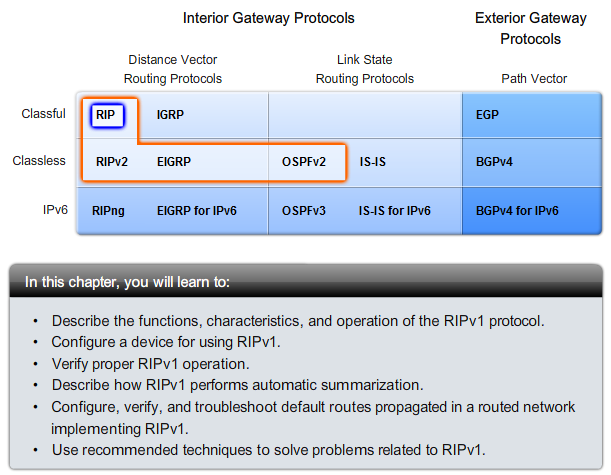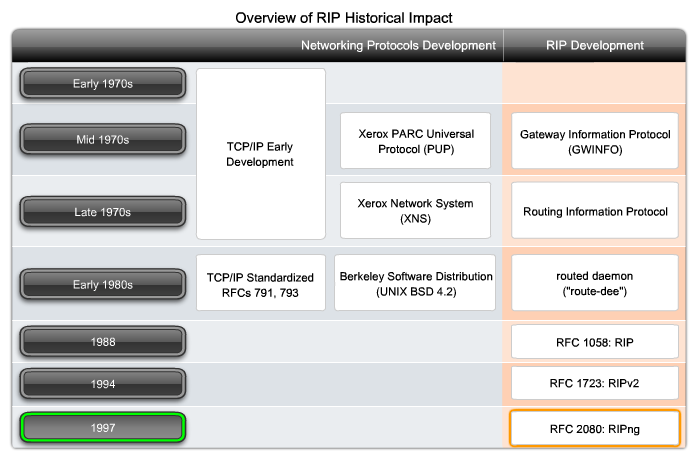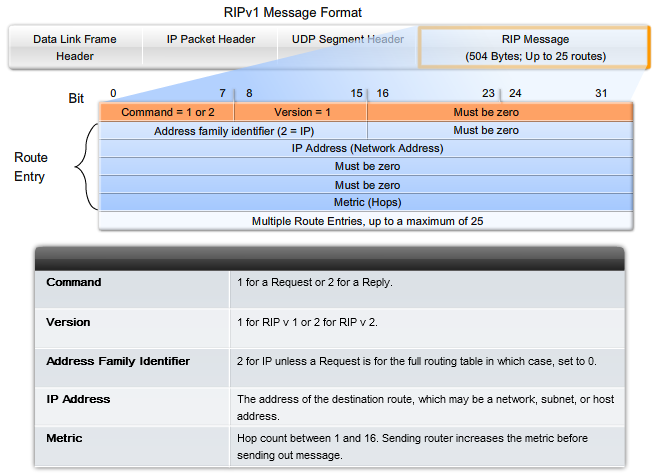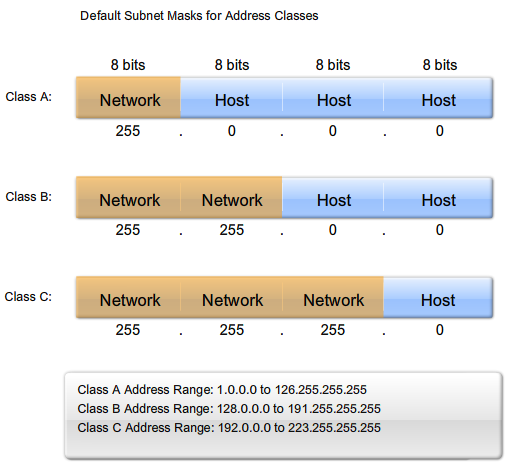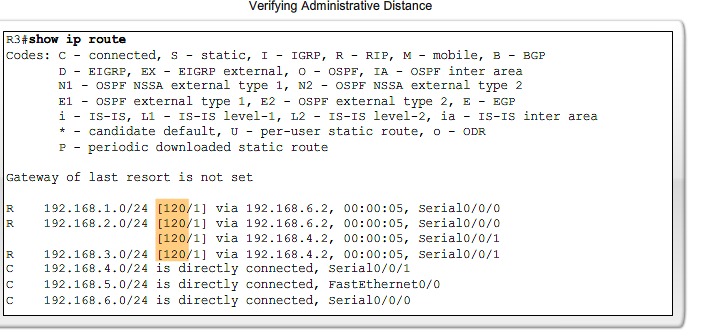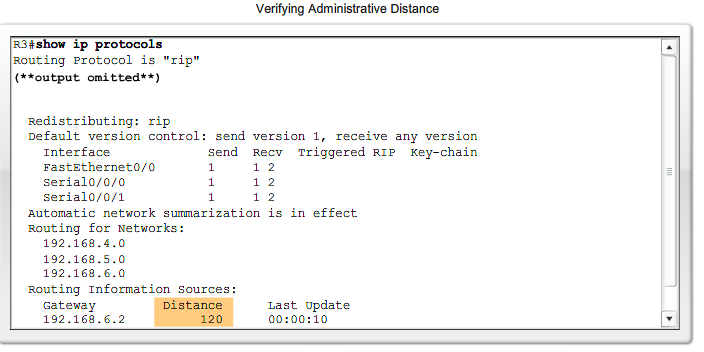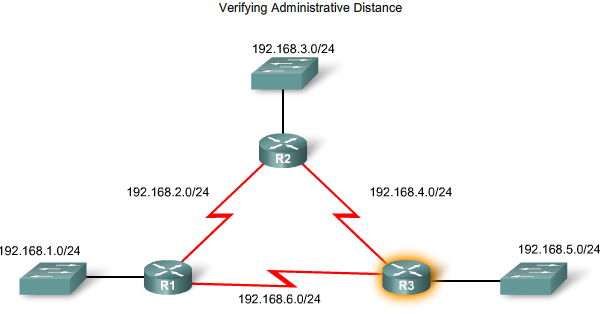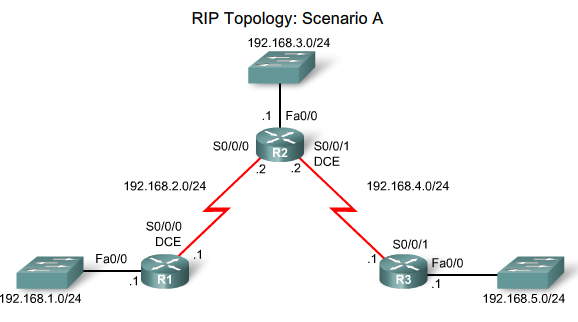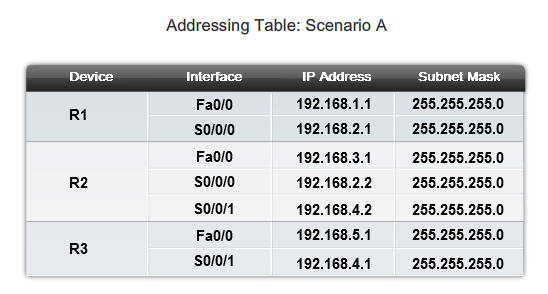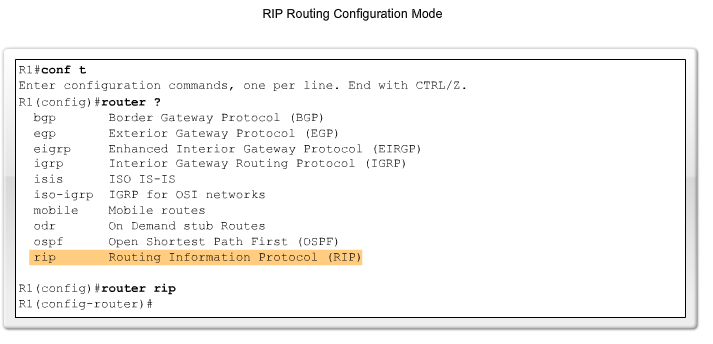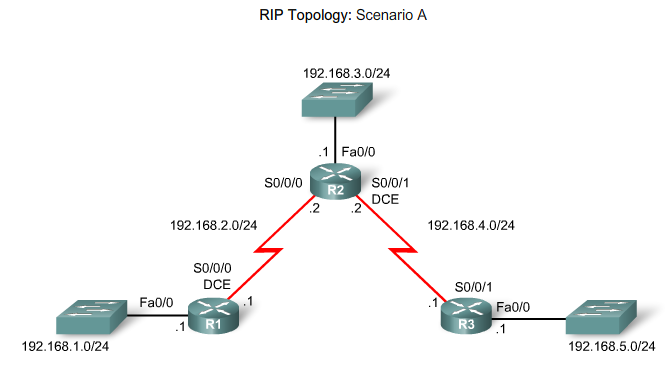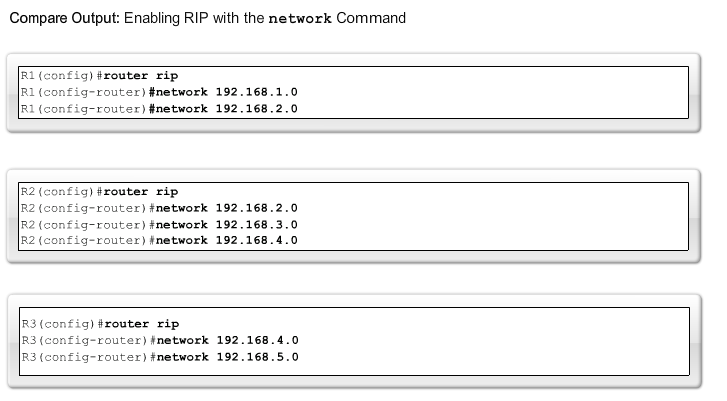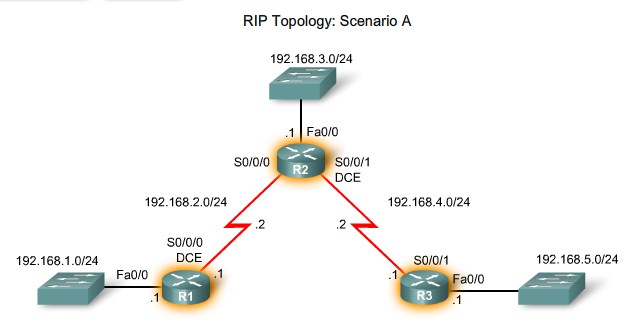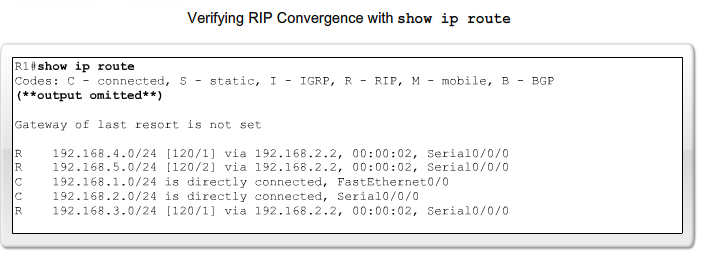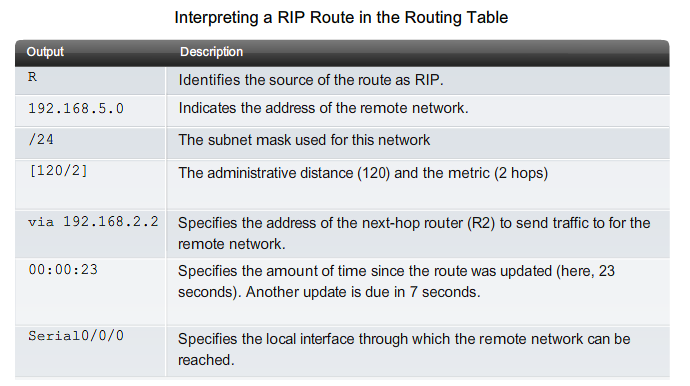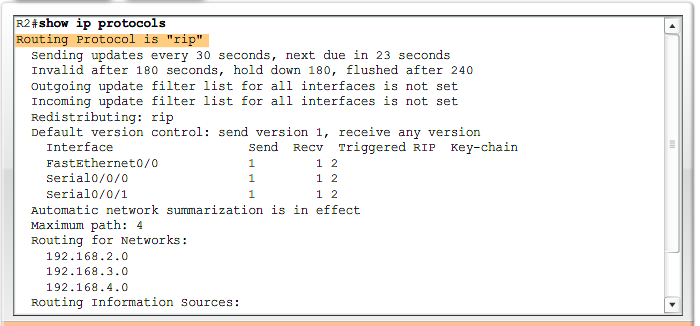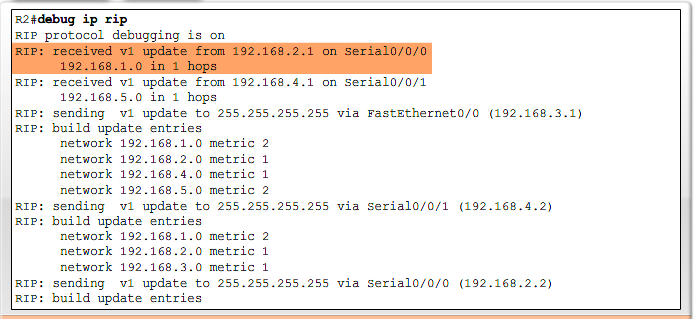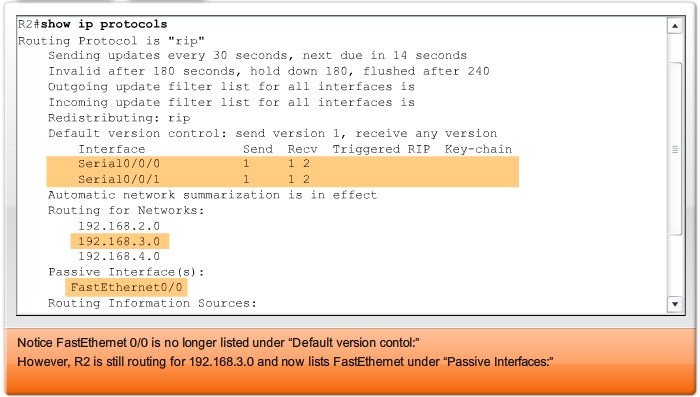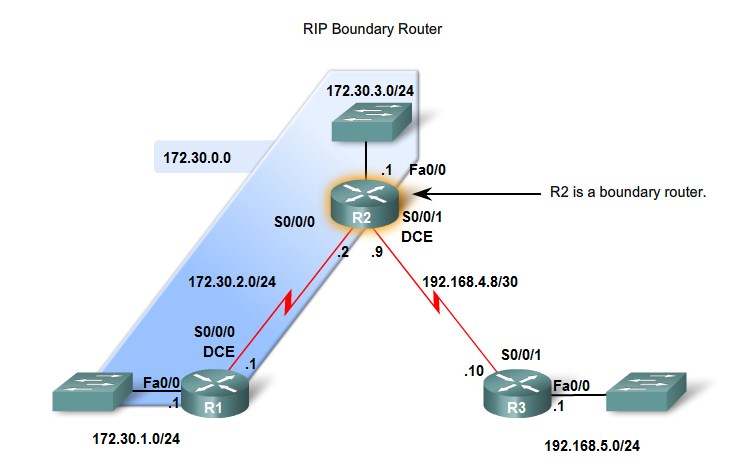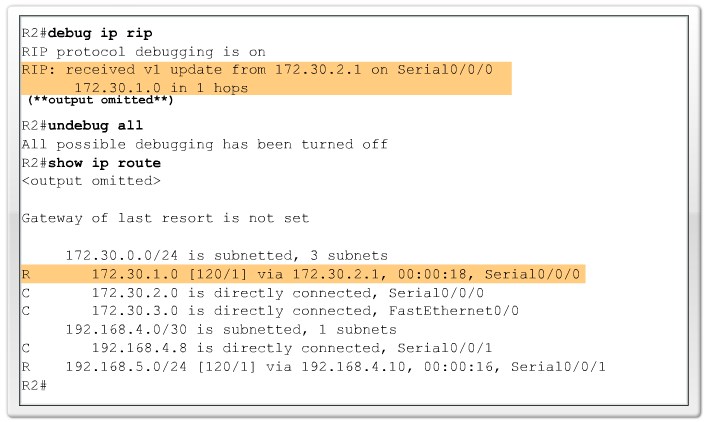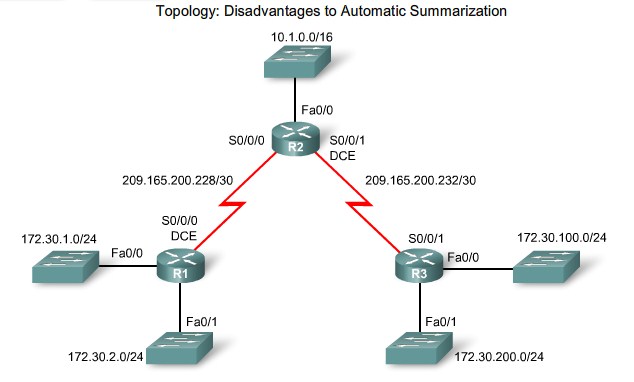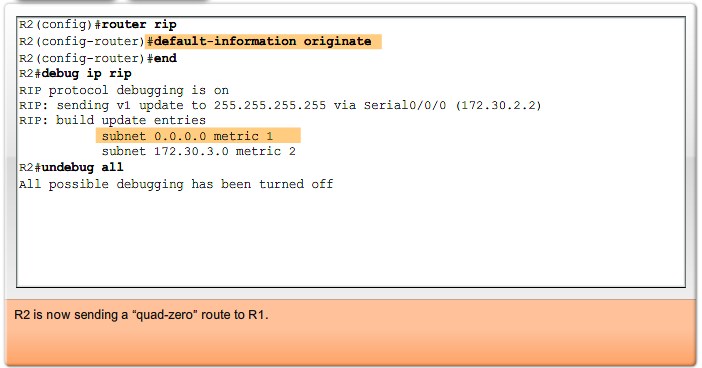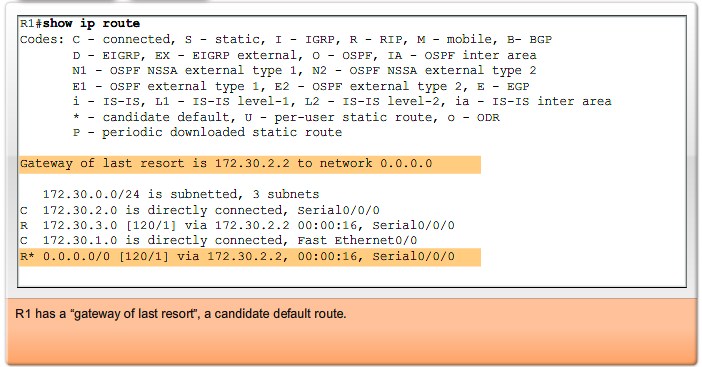CCNA Explorer 2 RIP version 1
From Teknologisk videncenter
RIPv1
Background and Perspective
Message Format
RIP Operation
Each RIP-configured interface sends out a request message on startup, requesting that all RIP neighbors send their complete routing tables.
Administrativ Distance
Basic RIPv1 Configuration
Basic RIPv1 Configuration
Enabling RIP
Verification and Troubleshooting
Verifying RIP
Show ip protocols
Debug ip rip
Passiv Interfaces
R2(config)#router rip R2(config-router)#passive-interface FastEthernet 0/0 R2(config-router)#end
Automatic Summearization
Boundary Routers and Automatic Summarization
Processing RIP Updates
- R2 received this information on an interface that belongs to the same classful network (172.30.0.0) as that of the incoming 172.30.1.0 update.
- The IP address for which R2 received the "172.30.1.0 in 1 hops" message was on Serial 0/0/0 with an IP address of 172.30.2.2 and a subnet mask of 255.255.255.0 (/24).
- R2 uses its own subnet mask on this interface and applies it to this and all other 172.30.0.0 subnets that it receives on this interface - in this case, 172.30.1.0.
- The 172.30.1.0 /24 subnet was added to the routing table.
Advantages and Disadvantages of Automatic Summarization
Default Route and RIPv1
Propagating the Default Route in RIPv1
|
|
